Shaped by fire: the Bonanza Creek LTER

Bonanza Creek was quick to remind me of its true nature: everything about its ecology follows the flame.

Bonanza Creek was quick to remind me of its true nature: everything about its ecology follows the flame.
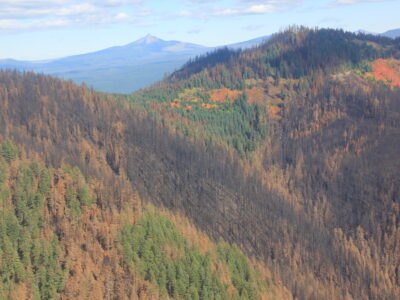
How the Andrews Forest and Moorea Coral Reef LTER sites respond to disturbance highlights the struggle and opportunity that come with an irreparably altered ecosystem.
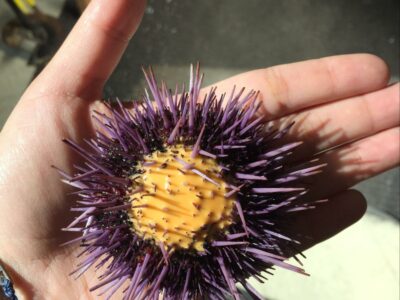
Purple sea urchin embryos whose mothers were exposed to heatwaves have greater tolerance to high temperatures, suggesting a pathway to resilience for this keystone species in kelp forests.
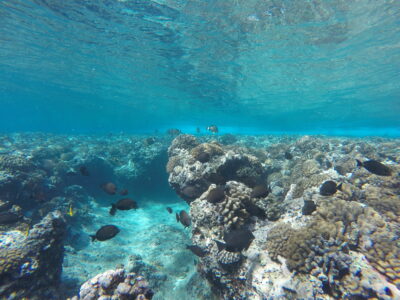
Fish clear space for corals to grow in small scale experiments. But does fish grazing cause reefs to recover faster? A new study says no.
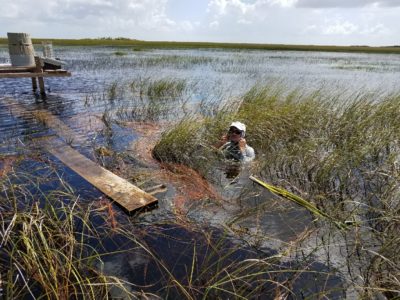
Two separate hurricanes tore through LTER sites this past month—but the Luquillo LTER and Florida Coastal Everglades LTER are mostly intact.
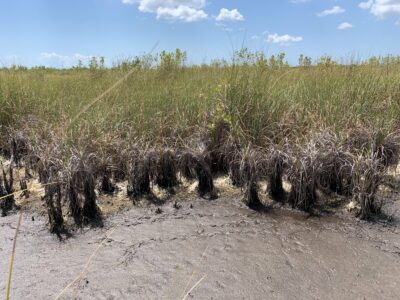
Luke Lamb-Wotton maps sawgrass vulnerability to saltwater intrusion and peat collapse at the FCE LTER site.
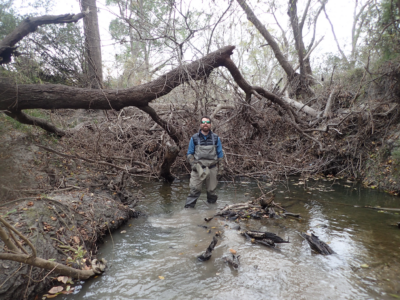
Ecosystems resist devastation from hurricanes by choosing either of two strategies: high resistance or high resilience.
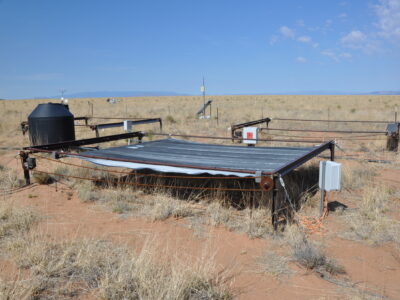
All plants are somehow affected by global change, but their responses are inconsistent between ecosystems, a LTER Synthesis group finds.
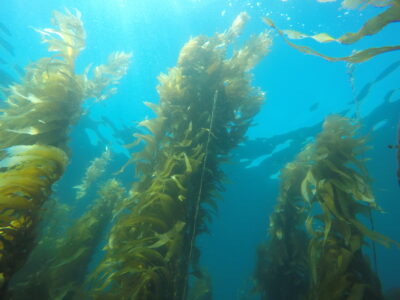
For Southern California reefs and beaches, giant kelp fuels the food web and creates an environment in which biodiversity booms. But the nutritional quality of kelp is lower than it once was, a new study from the Santa Barbara Coastal LTER shows. The culprit? Climate change and warming ocean water, coauthors Dr. Heili Lowman and Kyle Emery find.
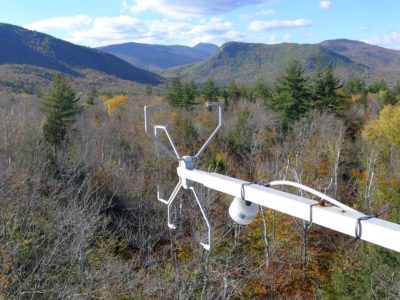
Scientists have been consistently documenting environmental changes at research sites like this one in the Cascade Mountains for decades. US Forest Service Michael Paul Nelson, Oregon State University and Peter Mark Groffman, CUNY Graduate Center Record-breaking heat waves and drought have left West Coast rivers lethally hot for salmon, literally cooked millions of mussels and… Read more »